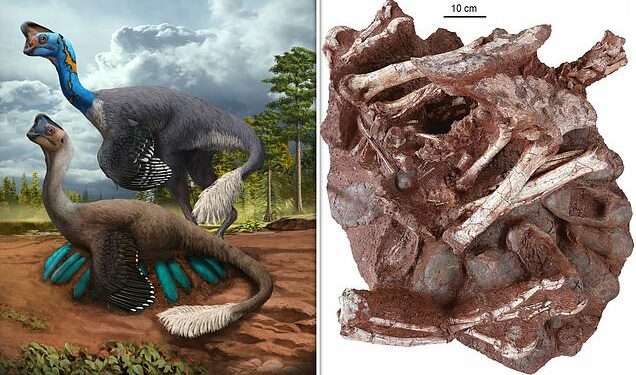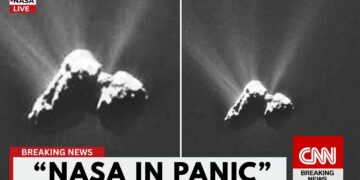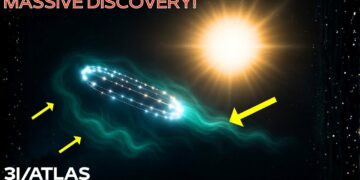Scientists in Ganzhou City, China’s southern Jiangxi Province, have made significant discoveries. They uncovered the dinosaur bones sitting atop a nest of petrified eggs.

The adult oviraptor fossils and embryonic eggs date back to 70 million years. This is the first time scientists have uncovered a non-avian dinosaur sitting on a petrified nest of eggs that still has the baby inside!
A 70-million-year-old adult oviraptorid theropod dinosaur lying on a nest of its petrified eggs is the fossil in dispute. The adult’s forearms, pelvis, hind limbs, and a piece of the tail are visible, as are many eggs (at least three of which contain embryos). Shandong Bi (Indiana University of Pennsylvania)
What are scientists’ reactions to the discovery?
An oviraptorid specimen consisting of an adult skeleton preserved atop an egg clutch containing embryos. Shandong Bi/Indiana University of Pennsylvania/CNN/Shandong Bi/Indiana University of Pennsylvania/CNN/Shandong Bi/Indiana University of Pennsylvania/CNN/Indiana University of Pennsylvania/C
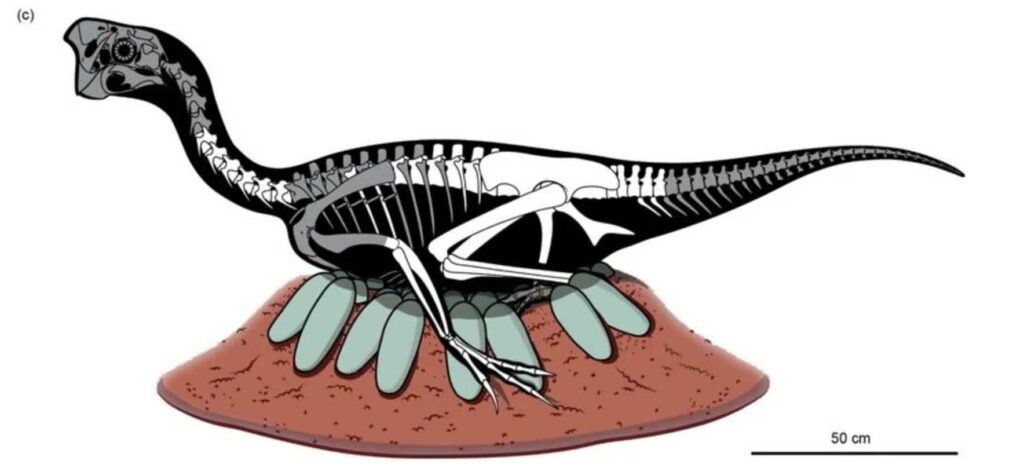
Although adult oviraptors have been seen with eggs on their nests before, this is the first time embryos have been detected within the eggs. “This sort of discovery, in essence, petrified behavior, is the rarest of the rare among dinosaurs,” says study co-author Dr. Lamanna, a paleontologist from the Carnegie Museum of Natural History in the United States. Even though a few adult oviraptorids have been discovered on nests of their eggs in the past, no embryos have ever been found within those eggs.”
Dr. Xu, one of the study’s authors and a researcher at the Institute of Vertebrate Paleontology and Paleoanthropology in Beijing, China, feels that this unusual discovery provides a lot of information. “It’s incredible to consider how much biological knowledge is contained in just one solitary fossil.” “We will be learning from this specimen for many years,” adds Dr. Xu.
The dinosaur eggs were about to hatch!
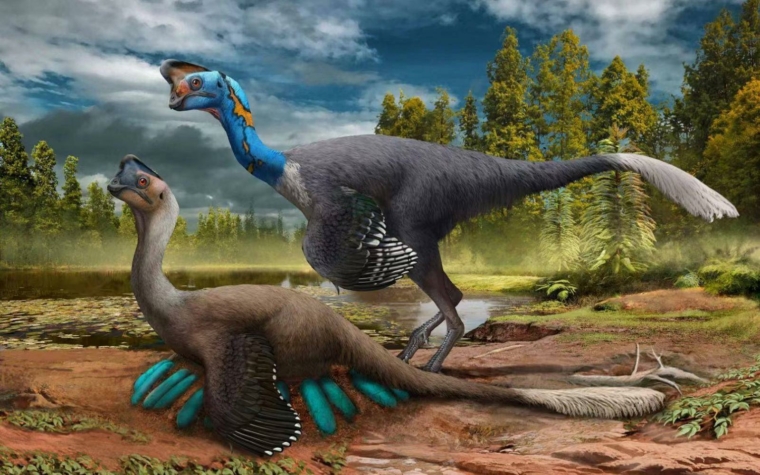
The dinosaur was discovered kneeling over a nest of at least 24 petrified eggs in a brooding or protective attitude. This suggests that the dinosaur died while brooding or guarding its young.
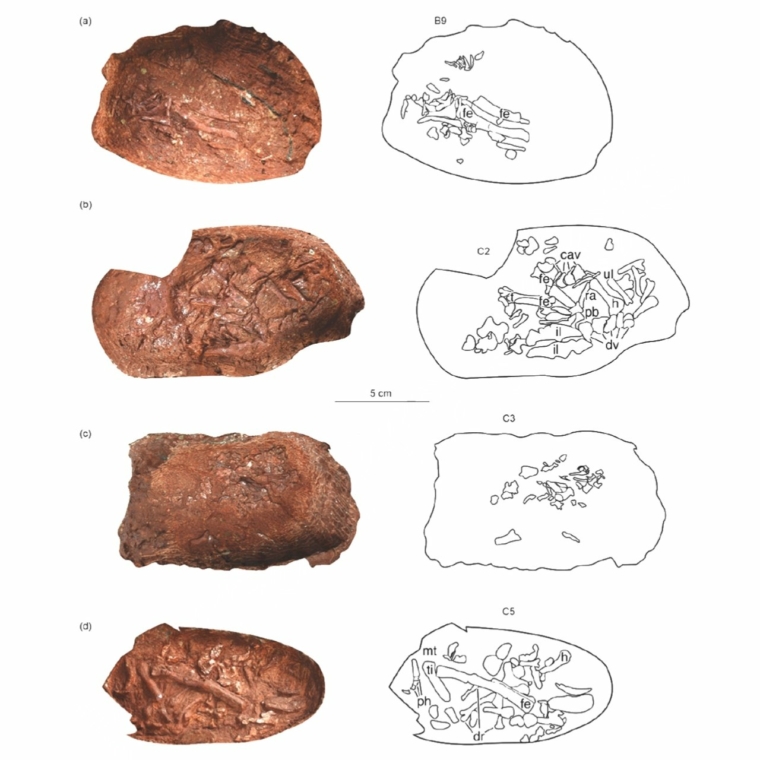
At least seven of the oviraptorid embryos inside the petrified eggs were yet unhatched. Scientists estimate that some of the eggs were on the verge of hatching based on the development of the sources. “This dinosaur was a compassionate parent who finally lost its life while raising its offspring,” Dr. Lamanna says.

